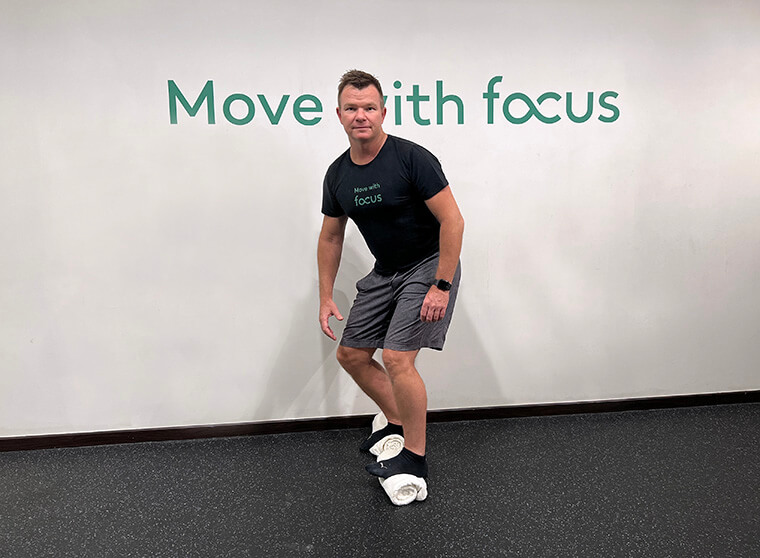
Finally, the moment we have all been waiting for, the official opening of Japan’s borders for travelers, and just in time to make all the necessary arrangements for an awesome ski holiday in Japan. While securing your favorite accommodation and restaurants is likely at the top of your to-do list, it is also important to focus on getting physically prepared for the trip. It may well have been two seasons since you were last on the slopes and if you recall, having muscle soreness is common and may perhaps lead to you having more rests and even stopping for half a day or having that close call that almost/or did lead to an injury that impacted the rest of your trip.
Skiing and snowboarding are physically demanding and do require a good level of fitness to maximize your trip and help you stay injury free (even when the mishap is caused by someone else on the slopes). This is especially so if your lifestyle is mostly sedentary and you spend a lot of time sitting down.
Working out last minutely such as doing a few squats, lunges, and hamstring stretches is not really going to cut it in terms of being as prepared as you should be, and it can be difficult and confusing to find a safe and proper conditioning program online.
Winter sports conditioning requires more specialized exercises and preparation compared to what the typical person does such as running, cycling, and traditional strength training.
Here are some of the key areas to focus on:

Knee and Hip strengthening in multiple planes (directions)
To a greater extent than other forms of movement such as cycling and running, skiing and snowboarding load the joints in many different directions such as from the side and rotational forces, both of these types of loads predispose the body to fatigue and potential injury.
Suggested exercises: Lunges in multiple directions and incorporate elements of balance and endurance.
Spine Mobility and Strength
Maintaining good spine mobility and strength is often overlooked in conditioning programs. It helps you to maintain better posture and alignment and assists in making better turns for both skiing and snowboarding. Having a stiff spine can put more strain on the neck, shoulders, hips, and knees both while doing the activity as well as when you fall over.
Suggested exercises: Spine extension and rotation exercises, start by lying down and then progress to an upright or standing alignment.
Balance and Muscular Endurance
We often find ourselves pushing our physical capacity on the slopes much more than what we would normally “choose” to do, because it is so much fun! This also places a lot more load on our body fatiguing us quicker and again predisposing our joints to more load and possible injury.
Suggested exercises: Slightly faster dynamic exercises that may involve elements of jumping and balance challenge. Note: these exercises should be introduced with care (especially if you have a history of joint or back injury) and after you have done some more basic strength and conditioning training (2-3 weeks into your conditioning program).
Conditioning muscles and joints take time and consistency, so you need to be starting at least 5-6 weeks before your trip, so there is time for your body to adapt to get stronger and more mobile. Ideally 5-6 weeks out from your holiday you want to be starting with 20 minutes of specific conditioning, 2-3 times per week, gradually building the intensity of the exercises, until the last few weeks where you be progressing to doing the exercises at least 4-5 times per week. You will be grateful for this preparation when you feel your increased endurance on your holiday, and in the event, you do have a mishap and fall on the slope when you do the self “body scan” to make sure you have no injuries!
To help get you started, click this link to a free conditioning class that is only about 25 minutes of exercise. The class is part of a complete five-week program that gradually progresses in challenge to get you ski-ready!
Find out more on our 5-weeks Ski/Snowboard Conditioning Course.


